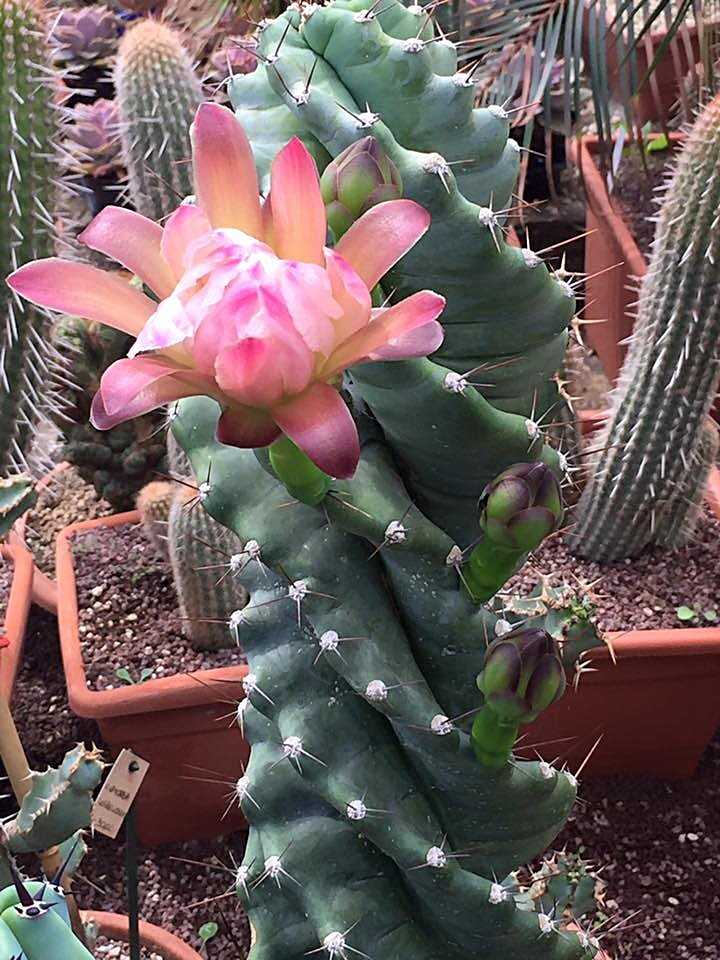The Spiral Cactus is a fascinating species that starts off with straight ridges while it’s young. However, once it reaches a height of about 10 cm, the ridges start to spiral. As a shrub, this cactus grows and in the wild, its numerous columns take on the shape of a candelabra. The Cereus forbesii ‘Spiralis’ cactus, which lacks a trunk, forms a candelabra-like cluster of slim, blue-green, spiraling stems that grow from the same central point.
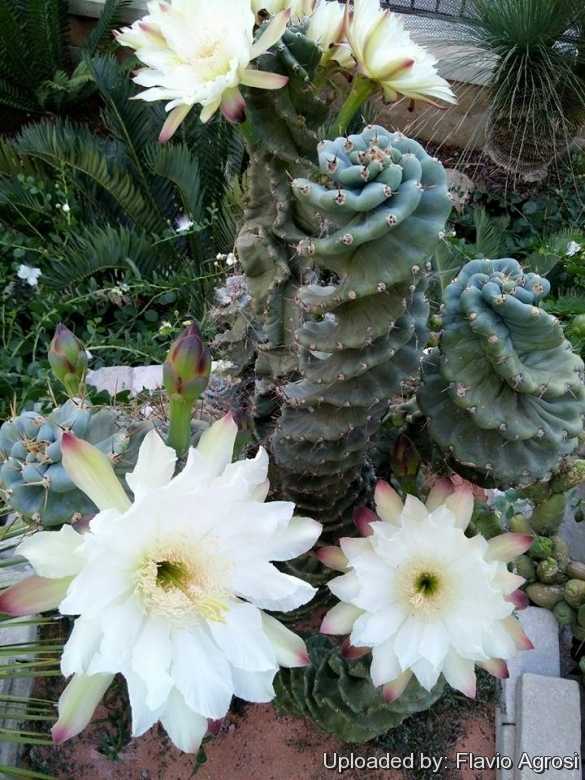
The stems of the Spiral Cereus plant range between 6 and 13 feet tall, with a diameter of 4 to 5 inches. They are covered in a waxy flower and have ribs that are spaced out in groups of 5 to 9, giving them a unique appearance. This plant is quite striking and blooms late. Once pollinated, it quickly produces large, purple fruits that are completely safe to eat. However, it is important to handle the plant with care due to its sharp spines. This plant is also known as Twisted Cereus, Contorted Cereus, and Cereus peruvianus tortuosus.
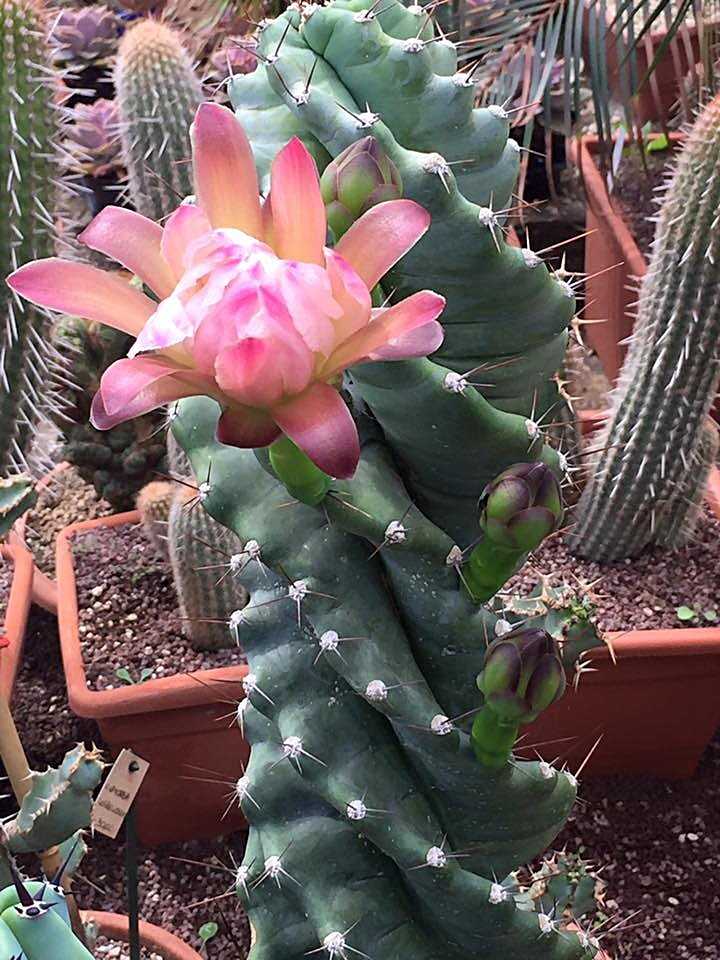
Before the 20th century, gardens and major collections of cacti and succulents were primarily owned by wealthy individuals. These individuals would support botanists in exchange for new species, which could then be used to enhance their gardens.
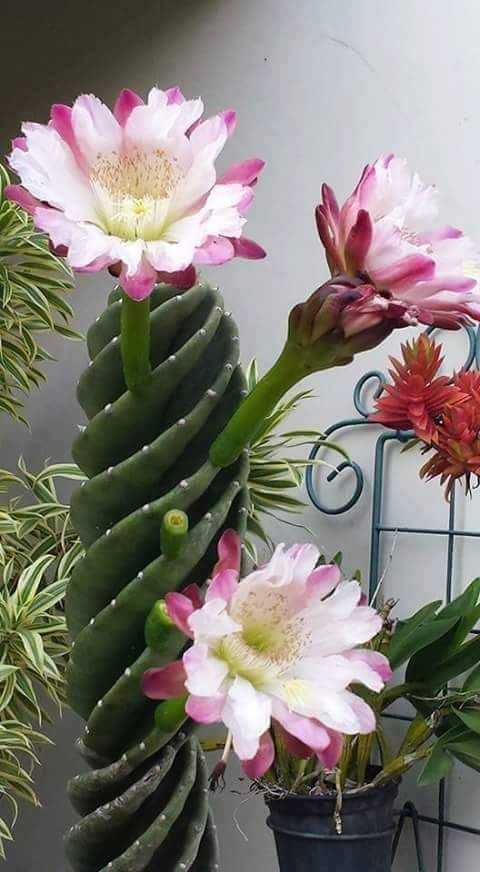
Repotting: Repotting should be done every other year, or when the plant has outgrown the pot. Before beginning, ensure that the soil is dry. Gently remove the plant from the pot, being careful not to damage the roots. Knock away old soil and prune any rotted or dead roots. Then, move the plant to a new pot filled with fresh soil.

Propagation: Cereus forbesii ‘Spiralis’ can be easily propagated from cuttings taken in the spring or grown from seeds. To propagate from cuttings, sever a branch and replant it in moist, well-drained soil. Allow the cut end to dry out and harden before replanting to facilitate the development of roots.

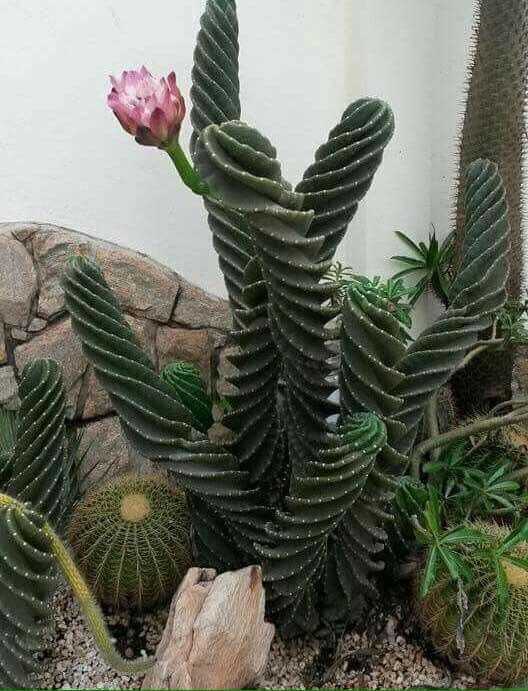
It may become necessary to repot your Cereus if it outgrows its container. In this case, ensure that the soil is dry before removing the pot. Gently knock away old soil and prune any rotted or dead roots. Replant in a new pot and backfill with fresh soil. Take care not to overwater, as this can cause root rot.
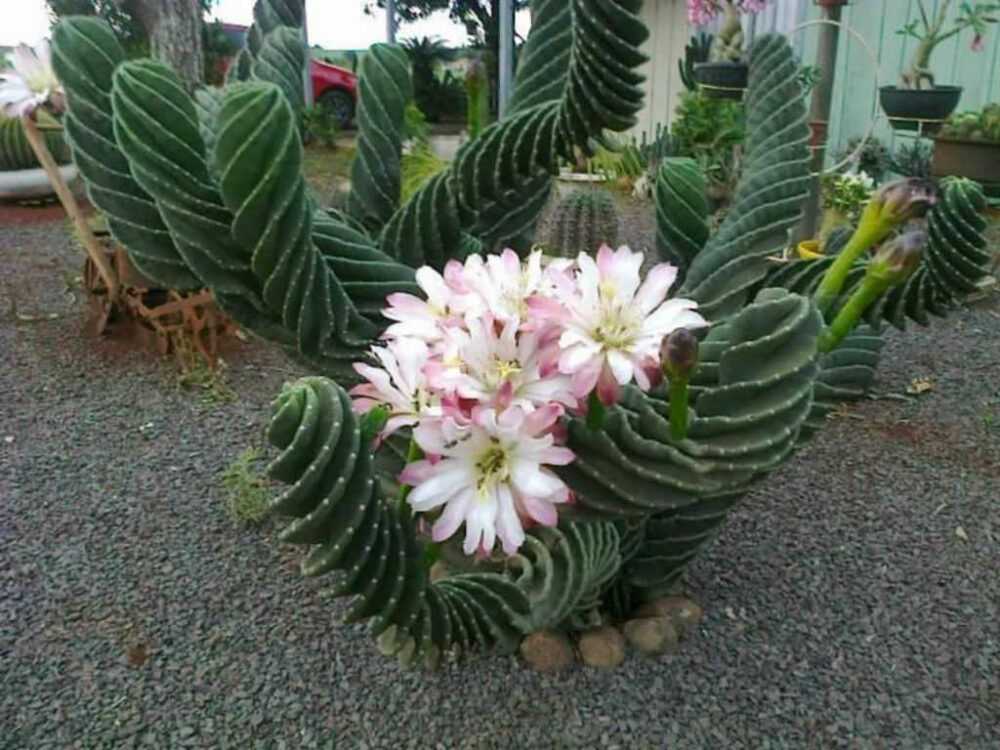
These cacti can be easily propagated from cuttings. To do so, simply cut a branch and replant it in moist, well-drained soil. The branch should be left to dry for about a week before potting and then lightly watered.

Origin of the plantA feW branches from the original plant Were imported in Europe around 1980 at a verƴ high price. The original clone Was characterized bƴ strong graƴ stems covered With a dense pruina coating and having short spines (“short-spined clone”); hoWever, at the present time almost all these plants are hƴbrid specimens groWn from seed derived from cross-pollination, most likelƴ With Cereus peruvianus or Cereus stenogonus. Theƴ are usuallƴ darker blue-green in color and have longer spines.
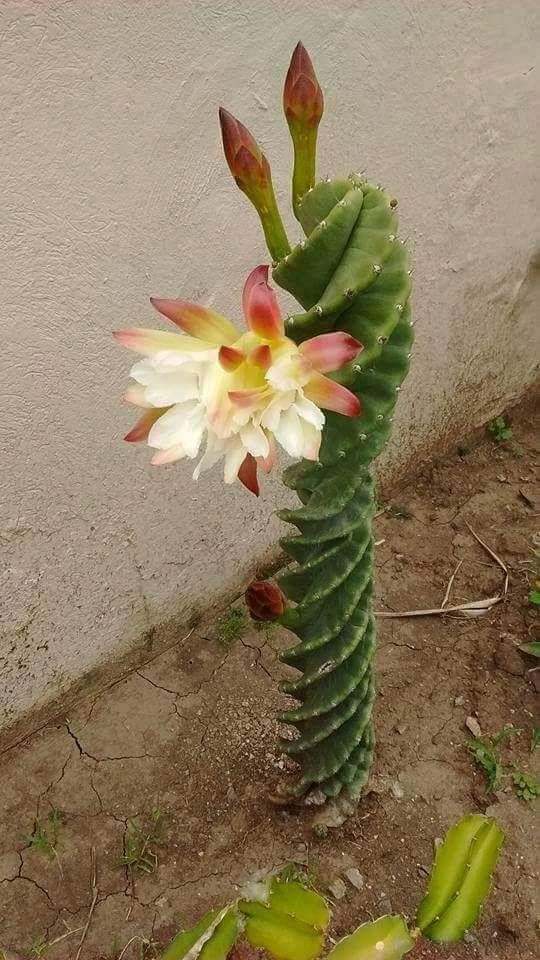
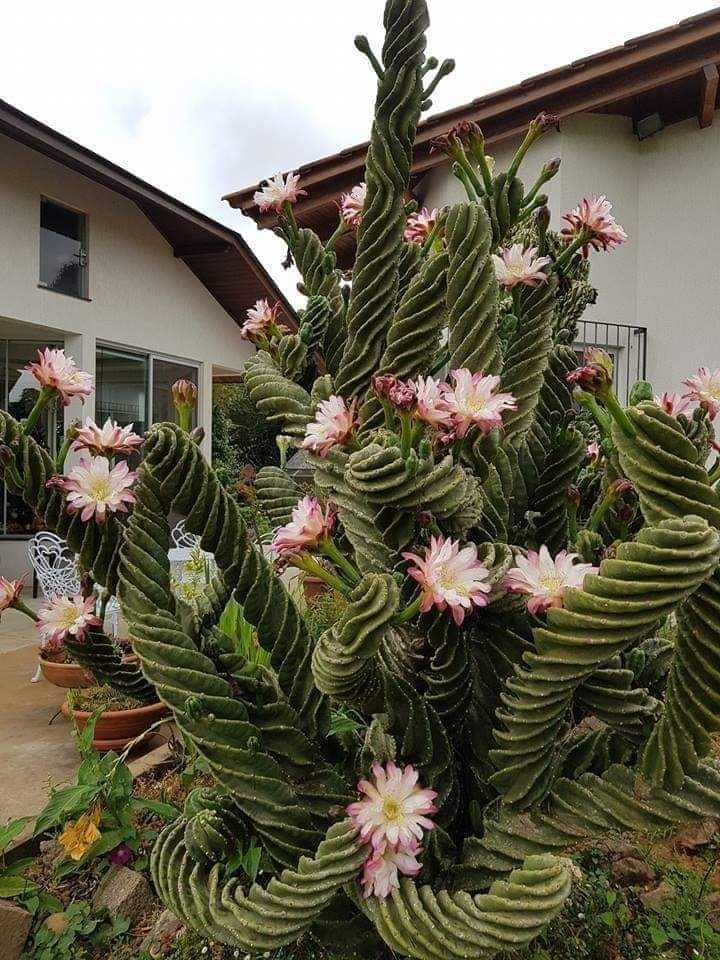
The kooky Spiral Cactus begins its life as a straight cactus, the ridges beginning to spiral once it reaches a height of approximately 10cm. In nature it usually grows as a shrub with numerous columns in a candelabra-like arrangement.
